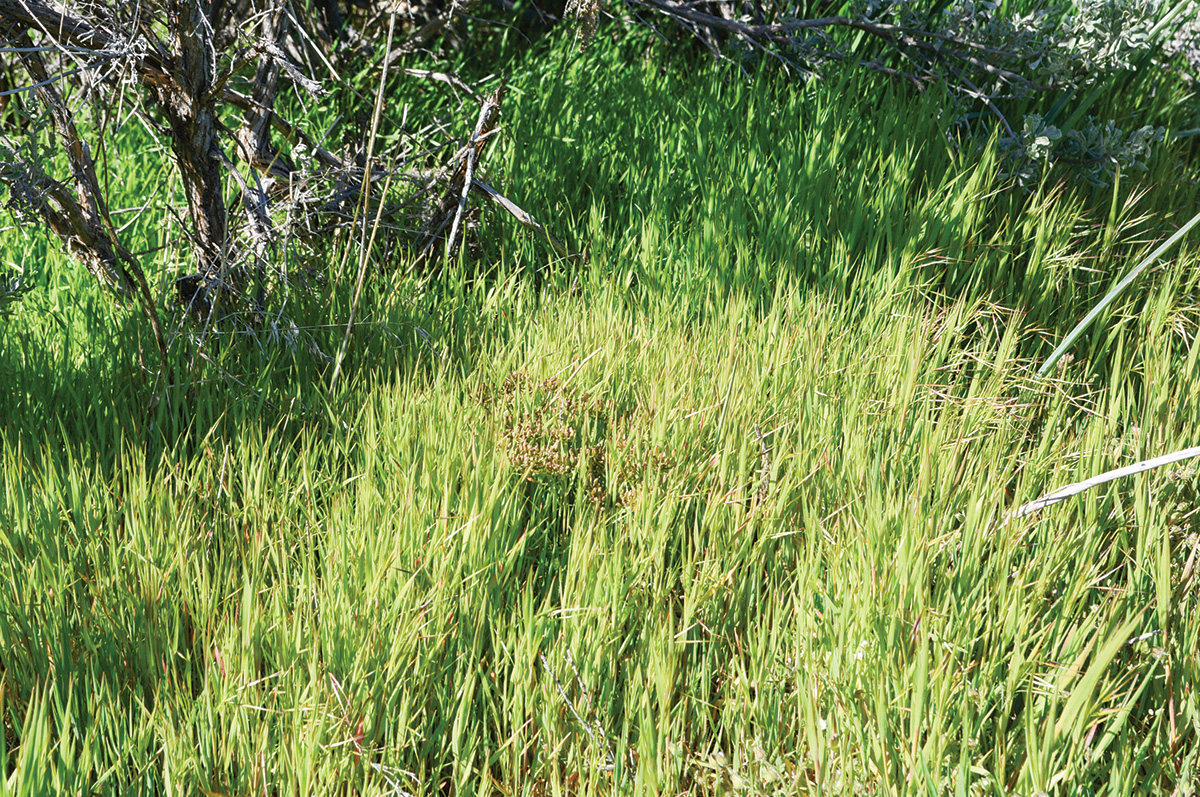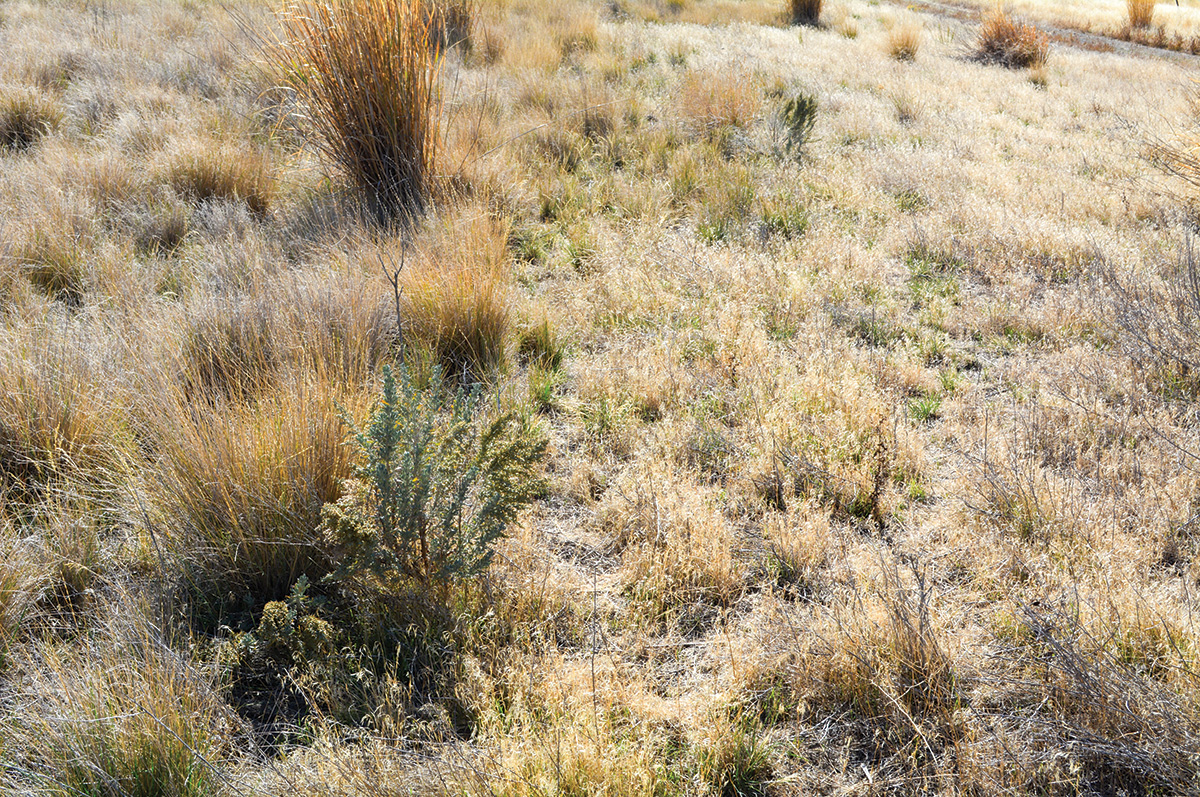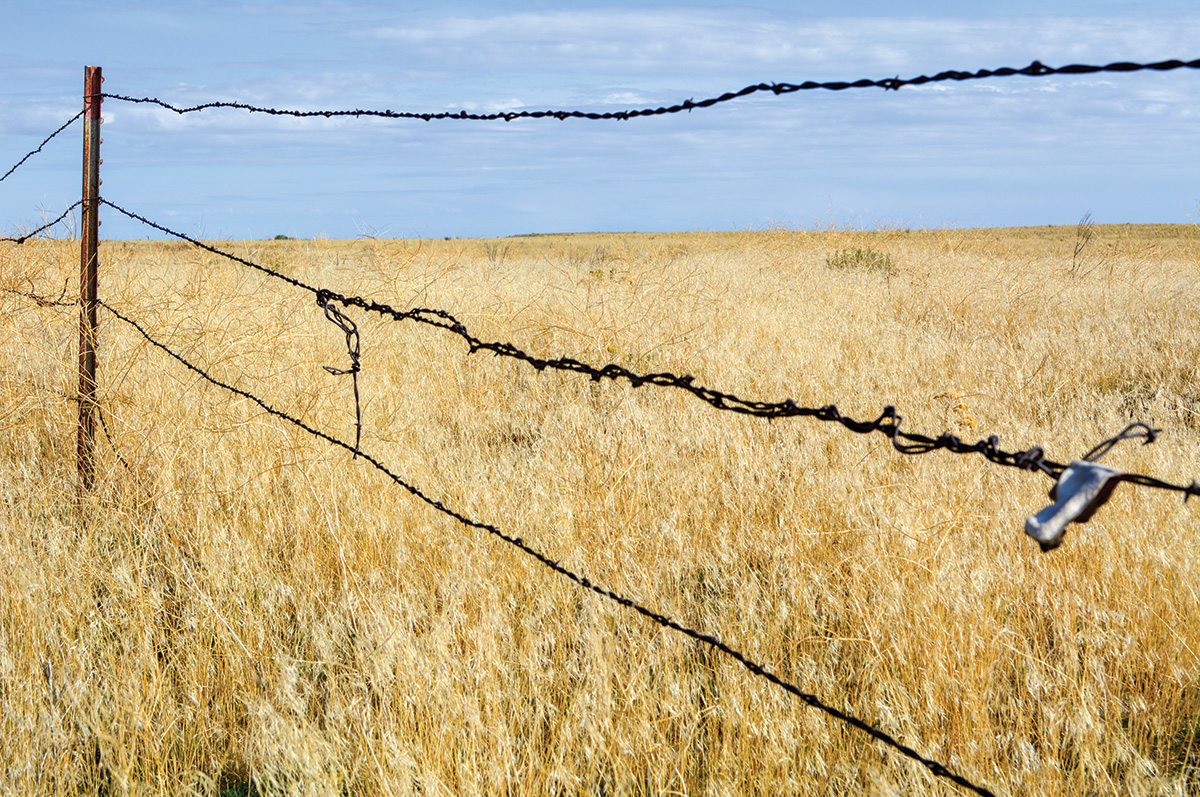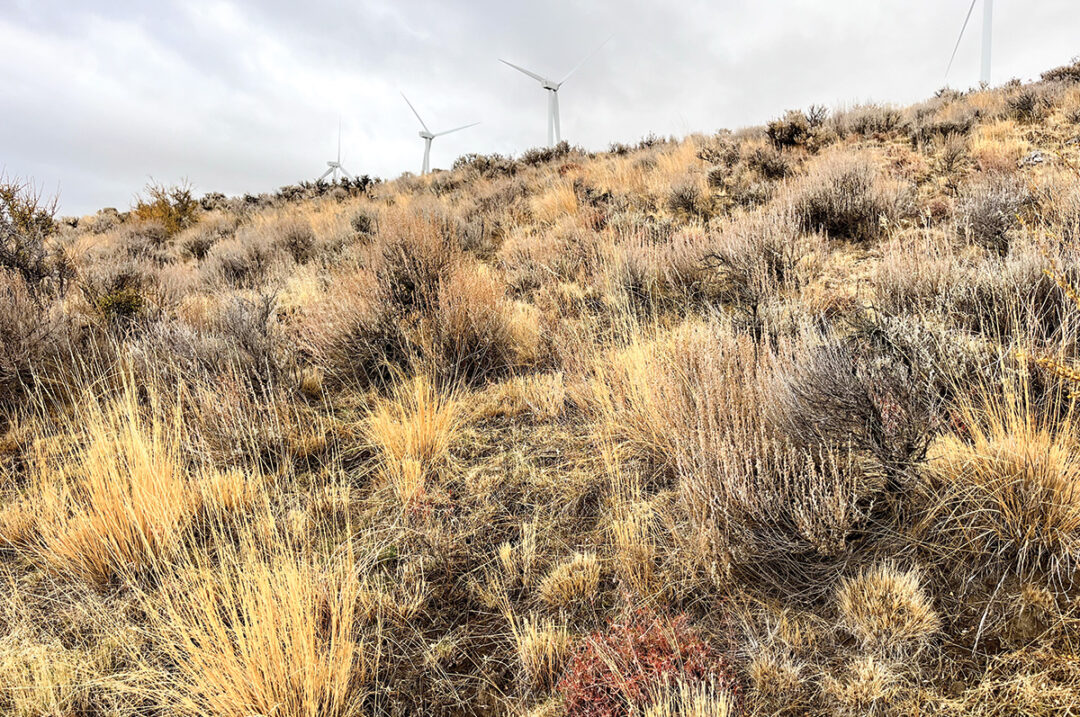One hundred years ago, humans in the western U.S. didn’t have to worry about disease outbreaks on the other side of the ocean. Disease could arrive only by ship, and ships took long enough to cross the ocean that an outbreak on the vessel would at least be known long before arriving in a U.S. port.
Ships could be quarantined before passengers infected those on shore. Today, a diseased but asymptomatic person could hop on a plane in Hong Kong, get to Seattle in 10 hours and spread germs for days before that person knew they were sick. Modern epidemiology and public health efforts must deal with this reality. It’s a novel medical landscape requiring new approaches to control epidemics.
That same reality has come to rangelands.
Invasive plants have created novel rangeland landscapes, requiring novel responses in vegetation management. We cannot turn back the clock to a time before cheatgrass, medusahead and ventenata – invasive annual grasses that are part of the new normal in the western U.S.
The winter precipitation pattern and relatively mild climate west of the Rocky Mountains have proven an ideal habitat for these opportunistic grasses. Exotic annual grasses and other invasive plants are inevitable on a globe with highly mobile humans – mobility occurring in the last 200 years at a velocity and volume without precedent in world history.
To lower operation costs, increase perennial grass and reduce fire risk, understanding and addressing novel rangeland landscapes is imperative.

Palatable cheatgrass in spring has high nutrient value. Photo provided by Tip Hudson.
The rise of cheatgrass in the West
Scientists, land managers and ranchers have wrung their hands over cheatgrass, in particular. Cheatgrass got its common name from the way it would sprout in fall and spring up ahead of wheat in spring; compete for nutrients, water and sunlight; and cheat the farmer out of wheat yield. In the West, cheatgrass has shortened fire-return intervals, interrupted perennial grass reproduction and removed the shrub component from many true shrubland plant communities. This negatively affects wildlife habitat. And yet, many livestock producers consider cheatgrass substantial feed.
Bromus tectorum is the Latin scientific name for cheatgrass. This translates to “brome of the roof.” In Central Asia and the Mediterranean, the native lands of the species, it is typically found in thatched roofs, or roofs made of natural materials. Cheatgrass – downy brome, if we want to be nicer about naming – can complete its life cycle without any soil. The seed, when germinated, can generate a root hair over 7 inches long that accesses moisture in partially decomposed thatch, peat or sod, and the seedling uses this to very quickly grow leaves and a seedhead with enough viable seeds to do it all over again the next time moisture comes. The litter layer left behind by each annual growth cycle is critical to the species’ dominance. And on native rangelands where most seeds germinate in spring, a weedy grass that germinates in the fall and overwinters as a juvenile plant has an advantage.
Many ranchers praise cheatgrass’s forage quality, and in some places, it represents most of the forage volume. This is a virtue not shared by medusahead (Taeniatherum caput-medusae). However, perennial grasses are still important ecologically and economically to ranchers. Even if you like cheatgrass, there are good reasons to graze in a way that encourages perennial grass reproduction, vigor and expansion.
Perennial grasses grow longer and stay green longer than cheatgrass. Native perennials grow further apart than annuals. These attributes contribute significantly to lower wildfire risk. Perennials usually produce more forage per acre and permit other desirable plants such as native forbs in the plant community. More perennials mean less dramatic variation between drought years and favorable years. Increasing species diversity decreases livestock morbidity and health care costs.

This is a soil disturbance line, with perennial bunchgrass to the left and cheatgrass to the right. Photo provided by Tip Hudson.
A paradigm shift for rehabilitative grazing strategies
While late-spring grazing is the commonly tried cultural control method for cheatgrass, late-spring grazing also challenges bunchgrass vigor and reproduction. Bunchgrasses in the Intermountain West have about a 60-day window of growth to produce seedheads, and although they are perennials, individual plants eventually die, so these plants have to produce seed periodically to ensure future generations of bunchgrasses.
Research has shown fall and winter grazing to be effective in reducing the spread and dominance of invasive annual grasses, such as cheatgrass, through several key mechanisms:
- Disruption of heavy plant litter
- Direct consumption of fall-germinated seedlings
- Consumption of the current year’s growth
Dormant-season grazing works as a rehabilitative practice for perennial grasses because it serves to plant bunchgrass seeds that have now matured. Winter-grazed rangeland often has the highest bunchgrass vigor and species diversity. And winter grazing dramatically increases fuel moisture levels, significantly reducing wildfire risk (compared to no grazing) all the way through the July-September fire season.
Back to cheatgrass.
In the fall, cooler temperatures, dew and, hopefully, some precipitation have softened up the current year’s growth and litter – dead plant material that is now horizontal – such that it is palatable. Germinated seeds are now seedlings that are quite nutritious, palatable and sought out by grazing cattle. Grazing during this period consumes and disrupts the litter layer and consumes the seedlings, reducing the subsequent year’s seed crop. Collectively, these direct effects have the indirect effect of giving perennial grasses a chance.
Consumption of cheatgrass litter and standing current year’s growth is aided by feeding a protein supplement. Bovines have an amazing ability to consume low-quality grasses if the microorganisms that do the real work have enough protein.
Shrub-steppe plant communities occupied by invasive annual grasses are novel ecosystems and cannot be managed strictly as native bunchgrass communities. Management efforts to limit wildfire risk and cheatgrass invasion into otherwise perennial-dominated plant communities are critical, and careful grazing is the only cost-effective option. Careful grazing in uninvaded ecosystems can dramatically reduce fire risk. Fire is often the event that expands cheatgrass and reduces natives (especially shrubs).
Fall and winter grazing in novel ecosystems with cheatgrass can limit reproduction and spread. Winter feed costs are usually the largest expense for cow-calf operations. Try winter grazing rangeland in places where you have cheatgrass. It might lower operation costs, increase perennials and reduce fire risk.

Cheatgrass and tumble mustard often dominate after a wildfire. Photo provided by Tip Hudson.











